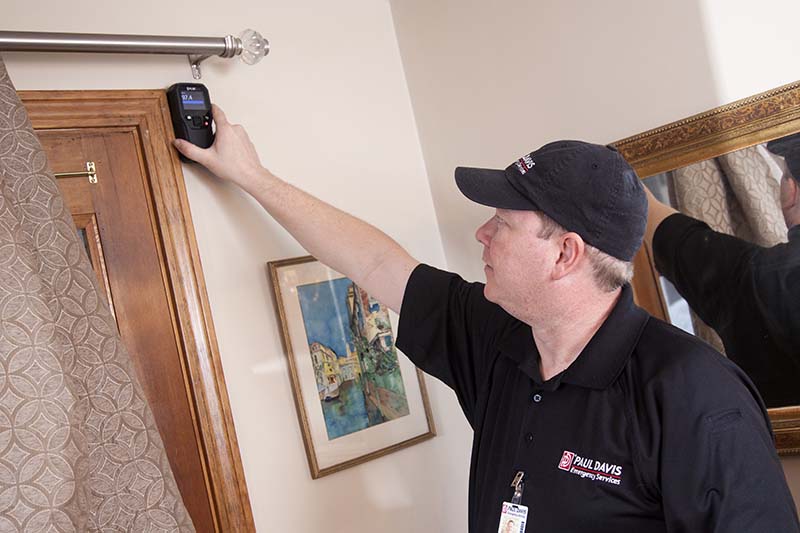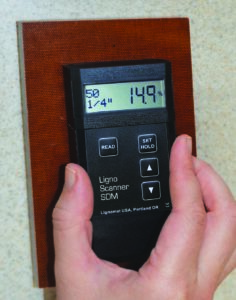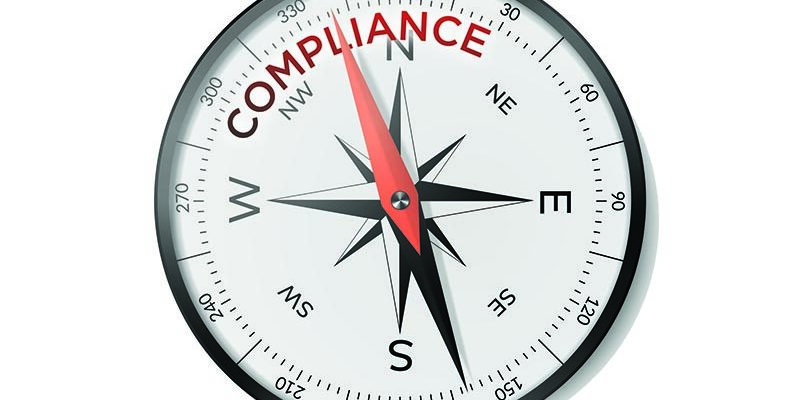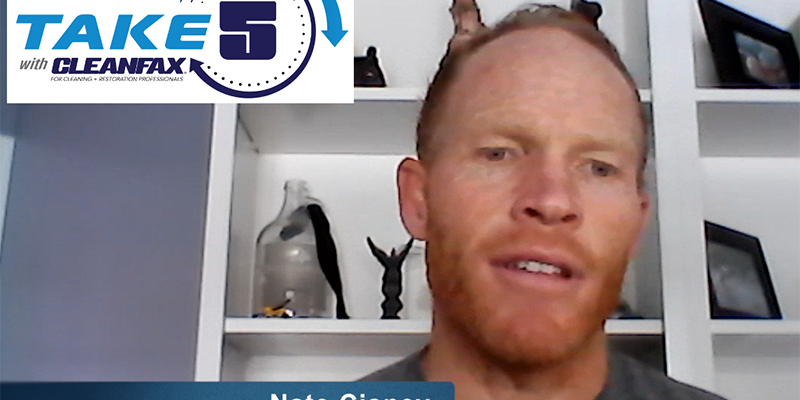The Calibration Conundrum

By Richard Driscoll
When performing water damage restoration, we greatly rely on moisture meters to tell us important information about the status of the drying process.
When we start the job, we measure the conditions of the loss. Can we consider an open drying system? Which type of dehumidifier would be best? And as the job progresses, we wonder if we are making true progress or if drying has stopped. We might wonder if our equipment is even working properly at all.
The human body can sense moisture and temperature, certainly, but not to the degree of sensitivity required to map out a water loss or to determine whether drying is occurring. We rely on sensitive equipment — such as moisture meters — to give us the truth about an environment before we can proceed with any sort of assurance.
One can put a hand over a stove that is on and say, “Yes, it’s hot all right!” But we can’t determine if it is 450 or 460 degrees Fahrenheit. The difference of just 10 degrees can make all the difference in the world in a drying situation. And without properly calibrated meters, we may be missing that crucial difference.
Mistreatment mishaps
If moisture meters are so important to us, then why do we treat them like a regular claw hammer? Why do we let people throw them on the floor of the vehicle, leave them in the front dash on a hot summer day, or let them sit in the van overnight and freeze in the winter?
Meters are sensitive electrical devices, even more so than your smartphone or tablet. Mistreatment of any kind can cause your meters to go out of calibration.
This brings up the question: Why is frequent moisture meter calibration important? Before answering this question, let’s look at something all of us have experienced.
Why moisture meter calibration?
Most of us try to maintain an appropriate physical weight. Yet all of us are different, considering our own height, bone structure, muscle mass, etc.
A “good” weight varies considerably from person to person. But many of us get on the scale at home to see “where we are” and then get weighed at another place such as a doctor office, and, excluding clothing, our weight is different, sometimes by many pounds.
What is the difference? Is it the amount of gravitational attraction between you and the earth? Not quite. The difference is one scale is giving you an accurate weight (a scale that is in calibration) and the other scale is giving you an incorrect weight (a scale that is out of calibration).
So how does this correlate to you on a drying job? Let’s look at a couple of examples of what an incorrect reading could and would do to your decision making and, thus, what could and would happen to the job.
Starting a job
You arrive at a water loss and use your thermo-hygrometer to determine initial conditions. You feel with your skin that indoor conditions are warm, really warm, but your meter gives you a temperature of 84 degrees Fahrenheit.
A reading of 84 degrees Fahrenheit with high humidity would lead you to choose a low-grain refrigerant (LGR) as the type of dehumidifier to set up. But what if your meter is wrong and the actual temperature is 96 degrees Fahrenheit? Many LGRs do not work properly (if at all) in very high-temperature environments. In this situation, making sure the dehumidifier is designed for high-temperature work would be required. If the dehumidifier you have is not a high-temperature machine, then using air conditioning to lower the temperature down into the dehumidifier’s best operating temperature range would be required.
Thus, your out-of-calibration meter will lead you to make an incorrect drying decision and critically delay the drying process.
During a job
You are on day three of a drying job. You arrive to do the daily monitoring, and the affected area feels… sort of OK. Your meter tells you the air is dry, about 20 percent relative humidity (RH). The temperature in the affected area is 75 degrees Fahrenheit.
Many of the materials are still showing quite a bit of moisture, which you determined using non-penetrating and penetrating moisture meters, so the job is not done… and maybe not making any real progress. With the information from our thermo-hygrometer, we know the affected area is at about 25 grains per pound (gpp), which is dry air. The process-out air from your dehumidifier is measuring about the same, 25 gpp, so there is virtually no grain depression; the air from the dehumidifier and in the affected area is dry, so the materials should be drying.

Checking the accuracy of a meter is important, and a test block with an expected moisture value can be used |Image courtesy Lignomat
What is wrong? Perhaps your readings. What if the RH is really 50 percent, and thus you have 65 gpp in the environment and are only getting 65 gpp process-out air from the dehumidifier? Your thermo-hygrometer has given you a wrong reading on humidity, meaning drying is not really occurring at the rate it should be, which you also noticed from your moisture mapping that showed materials that were not drying.
But what if, as I have seen on many jobs, true detailed moisture maps are not being generated, and all we have is the record of drying conditions? The air in the affected area is dry, the air coming out of the dehumidifier is dry. And the affected area is not drying. What do you think the end result of this job is going to be? Not very good at all.
These are just two examples of what can and will go wrong if your meters are not providing accurate information.
Optimal operation
The world of meters offers many brands and models. Each brand and model has specific instructions on how the meter should be handled and how often it should be calibrated. You need your meters operating properly — all the time.
Ensure that technicians are treating their assigned equipment — including those precious meters — with the respect and care they’d use if they had purchased it themselves, and hold them accountable if their negligence of that equipment results in damage, loss, or theft. Always keep your owner’s manual handy and check it when you have a concern, or contact your local distributor if you’ve lost your manual.
Remember, moisture meter calibration is important. It’s like a tune-up, and ensures it is working correctly. Contact your manufacturer for details on calibration.
If your meters provide inaccurate information, you will make mistakes in the field that can be very costly — much more than the cost or inconvenience of ensuring your meter is in proper working condition.
Richard Driscoll has a bachelor’s degree in mechanical engineering from Clarkson College of Technology, an MBA from the University of Dayton, and is currently working on his doctorate. He is a professor at Webster University where he provides graduate and undergraduate level lectures. He is an IICRC Certified Master Restorer, Master Textile Cleaner, and approved instructor. He also is the author and instructor for Restoration Sciences Academy’s MR-110 and MR-210 microbial remediation classes and MR-211 trauma scene clean-up class. He can be reached at [email protected].













